
Fads and fashions have always been part of the world of food. When a certain athlete in Ancient Greece ate only meat for a year before the Olympic Games, then placed highly, a craze for meat-only diets swept across the country. Hot cross buns won Cronut-like popularity in 15th-century England (and similarly defied attempts at imitation).
Sometimes fads are launched in reaction to commercial innovation. When the Hawaiian Pineapple Company invented a way to peel, core, and slice pineapples for canning on an industrial scale in the early 1900s, pineapple upside-down cakes became a ubiquitous dessert. When Swanson introduced the TV dinner in 1953, these iconic frozen meals in segmented containers were hailed across the country as a time- and labor-saving miracle, allowing families to congregate around the television.
Click here for the biggest food fads of the past 50 years.
Some fads turn into essential parts of the culture. Consumption of a dark, hot beverage originating in eastern Africa became a virtual mania in mid-17th-century England; today it is impossible to imagine life without it. (It was coffee, of course, and here are the best coffee shops in America.)
On the other hand, a sausage-like concoction called liver loaf was a big deal in America in 1947, but you’d be hard put to find it anywhere today, and probably wouldn’t want to eat it if you did — just like these bacon-flavored foods the world doesn’t need.
In assembling this list of big food fads from the past five decades, 24/7 Tempo has considered specific dishes, whole culinary genres, and dietary trends. Not every significant fad is present; a list of every one would run into the hundreds, if not thousands.
The fads here are grouped by decade. It’s often hard to attach a fad to a specific time span, though, because most tend to start slowly, build to maximum strength, and then slowly fade — without ever really going away completely. The periods given represent the high points for each one.
All of the items listed here are still around. Some are commonplace, others encountered a bit less often, but all reflect the commercial or nutritional influences and consumer tastes of their time.

Fad: Fondue
> Era: 1970s
> Era: 1970s
The Swiss introduced fondue to America at their pavilions at the New York World’s Fairs of 1939 and 1964. It wasn’t until the 1970s, though, that fondue became a full-fledged trend, thanks in part to a chain of fondue restaurants called The Melting Pot, launched in 1975, and to the increased availability in the U.S. of fondue-appropriate cheeses like gruyère, appenzeller, and emmenthaler. Soon, the fondue set — a pot set over a burner, with long-handled forks for dunking hunks of bread into the melted cheese — was vital to every food-conscious household.
[in-text-ad]
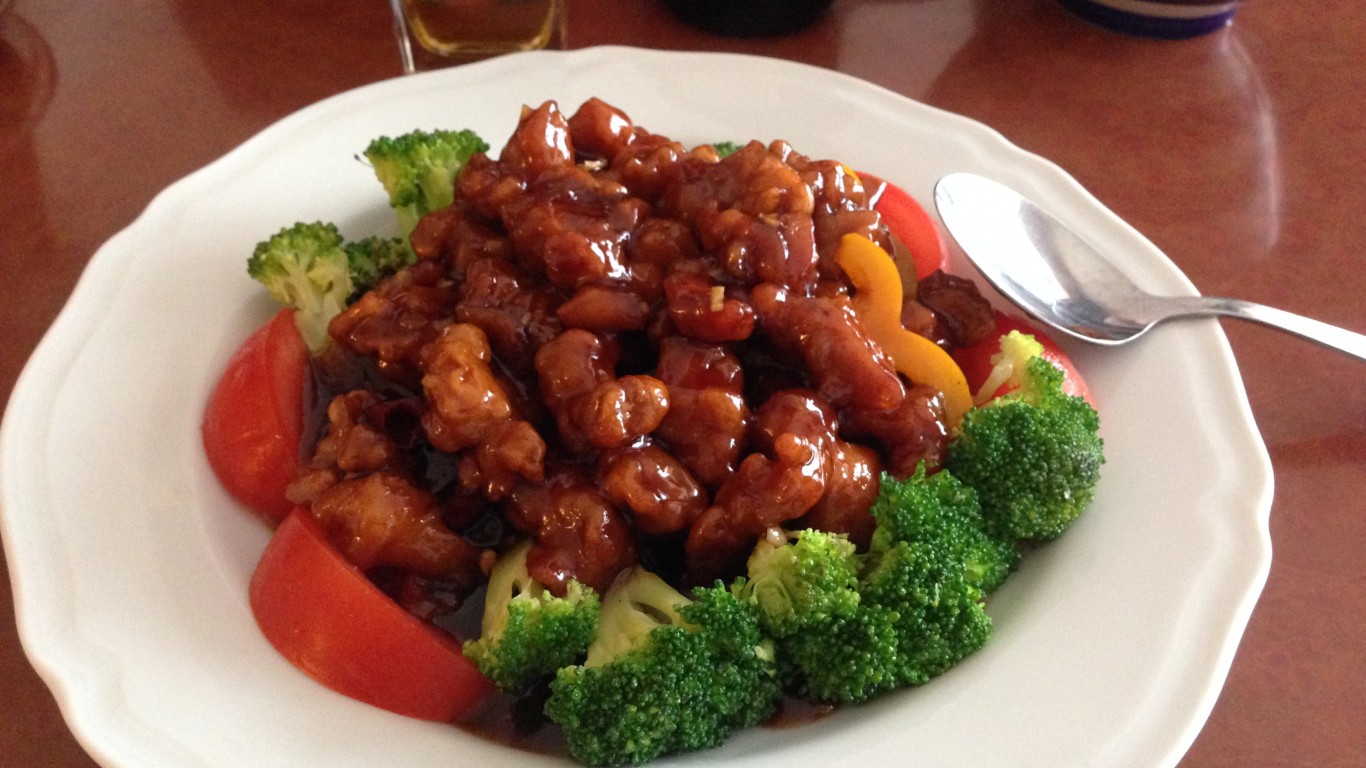
Fad: General Tso’s Chicken
> Era: 1970s
The first iteration of this dish was invented in Taiwan in the 1950s. Roughly 20 years later, a Chinese chef in New York City adapted it for American tastes (the original wasn’t sweet or deep-fried, and was served on the bone), and it took off. Today it would be hard to find a strip mall Chinese menu that doesn’t offer General Tso’s — but in the ’70s, it seemed like the height of international culinary sophistication.
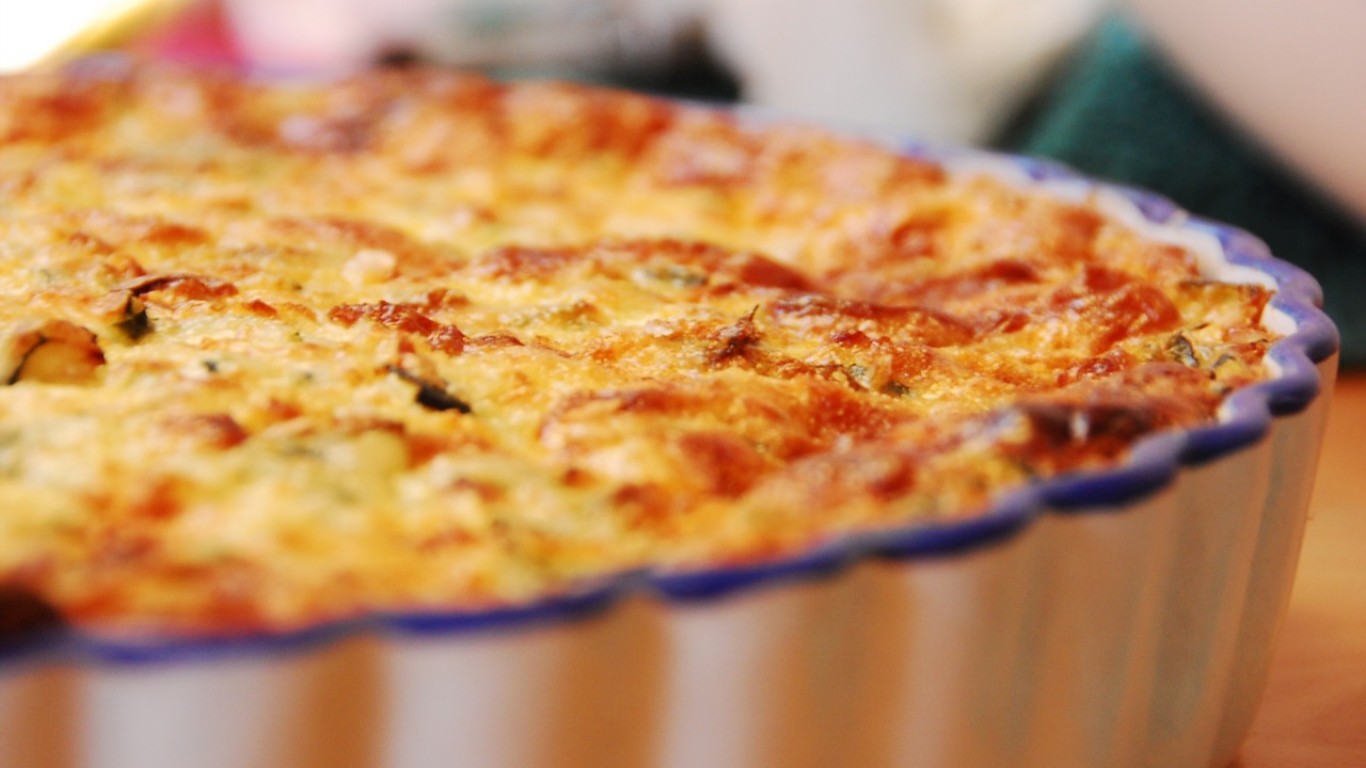
Fad: Quiche
> Era: 1970s
Quiche began to gain popularity after Julia Child made it on her TV show in the mid-1960s, but this rich bacon-filled custard in a pastry crust (with many other ingredients added to various recipes) came into its own in the ’70s, edging out fondue on trendy tables. By the early 1980s, amid growing concerns about cholesterol, its popularity began to fade. A 1982 satirical best-seller called “Real Men Don’t Eat Quiche” didn’t help. Quiche is still certainly around, but its fad days are long gone.
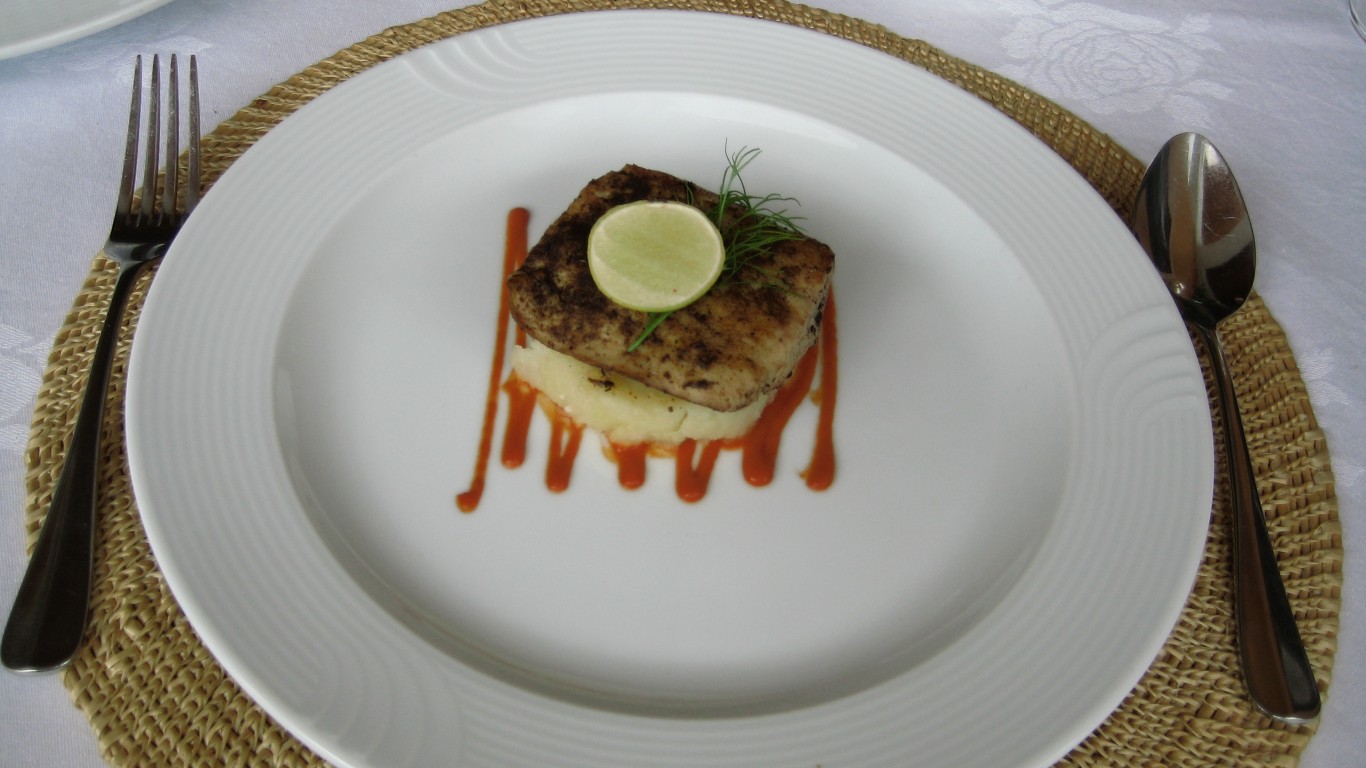
Fad: Blackened anything
> Era: 1980s
Famed New Orleans chef Paul Prudhomme introduced America to blackened redfish — filets of a local fish also known as red drum, crusted in Cajun spices and blackened in butter in a white-hot cast-iron pan — in a cookbook published in 1984. Soon, chefs everywhere were copying it, and those who didn’t have access to redfish began blackening all kinds of other seafood, as well as chicken, pork chops, prime rib, even tofu. To make things easier for home cooks, Prudhomme marketed a Blackened Redfish Magic spice mix.
[in-text-ad-2]
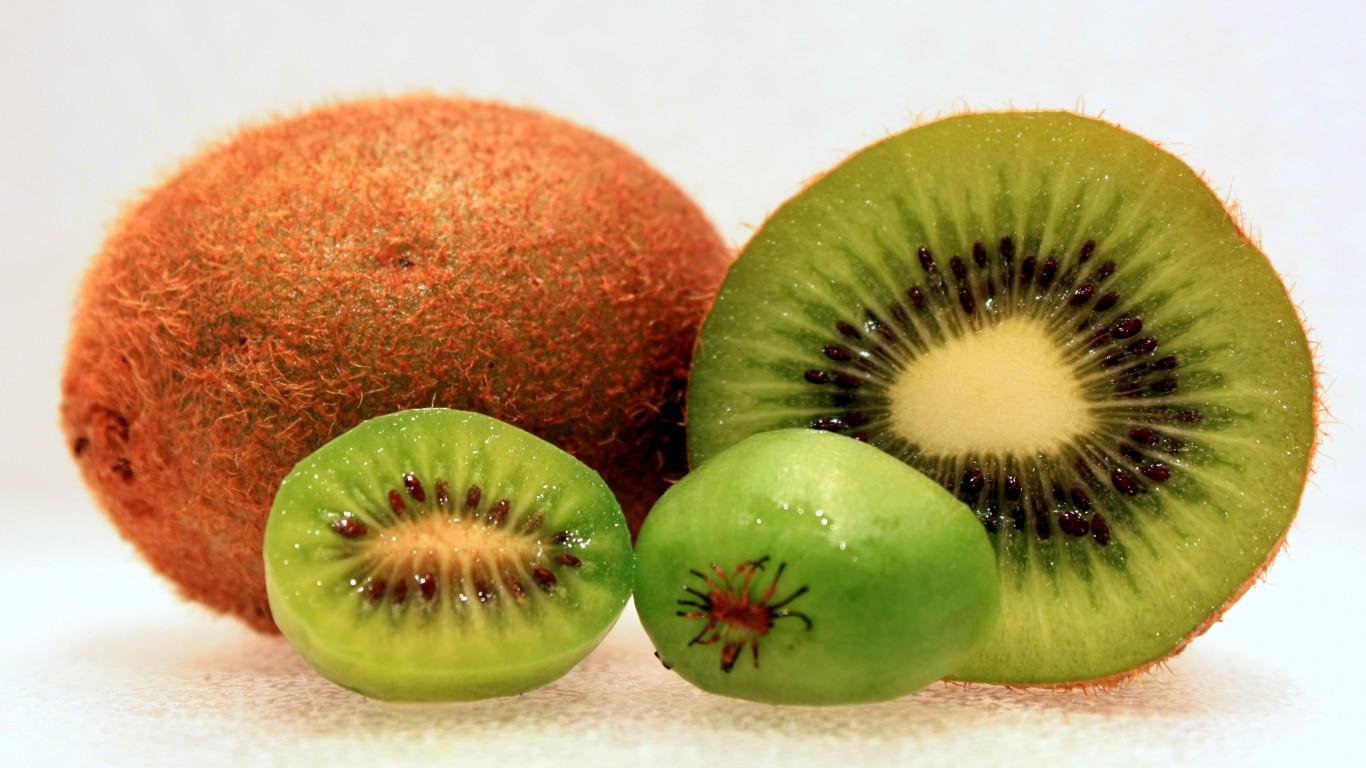
Fad: Kiwi fruit
> Era: 1980s
Native to China, this green-fleshed fruit with the furry brown skin was exported to New Zealand in the 1800s, where it thrived. From there it was later exported — under the name Chinese gooseberry — to California, where a produce dealer renamed it in honor of New Zealand’s similarly fuzzy iconic kiwi bird. Chefs discovered it and began using it not just for tarts and other desserts but in salsas and salads, with seafood, even with pork and other meats. For some years, it was hard to avoid.
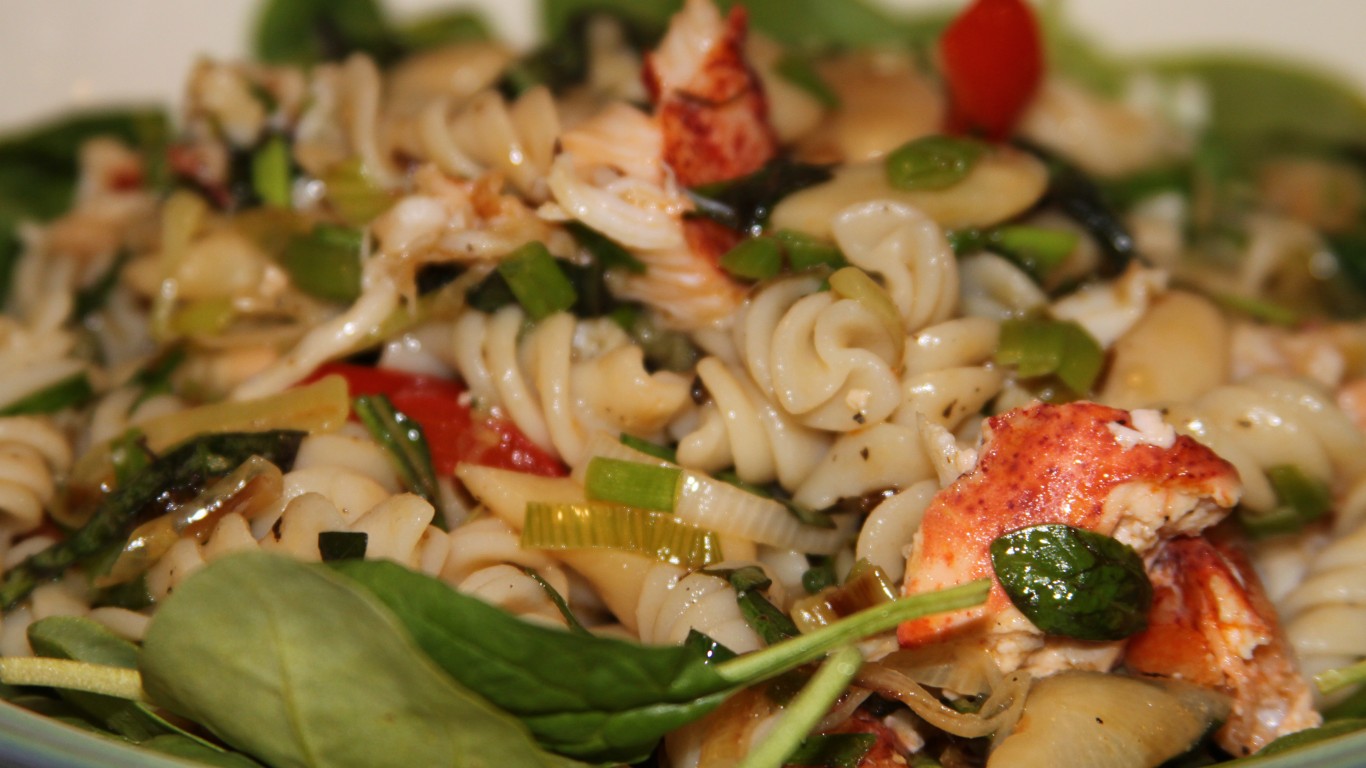
Fad: Pasta salad
> Era: 1980s
Macaroni salad, dressed with cream or mayonnaise, has been around since the early 20th century, and recipes for “pasta salad” began appearing in the 1960s. It wasn’t until the ’80s, though, that American cooks started tossing pasta of various kinds with all kinds of bright vegetables and other ingredients (the idea was virtually unknown in Italy), and suddenly there wasn’t a deli or lunch counter without pasta salad.
[in-text-ad]
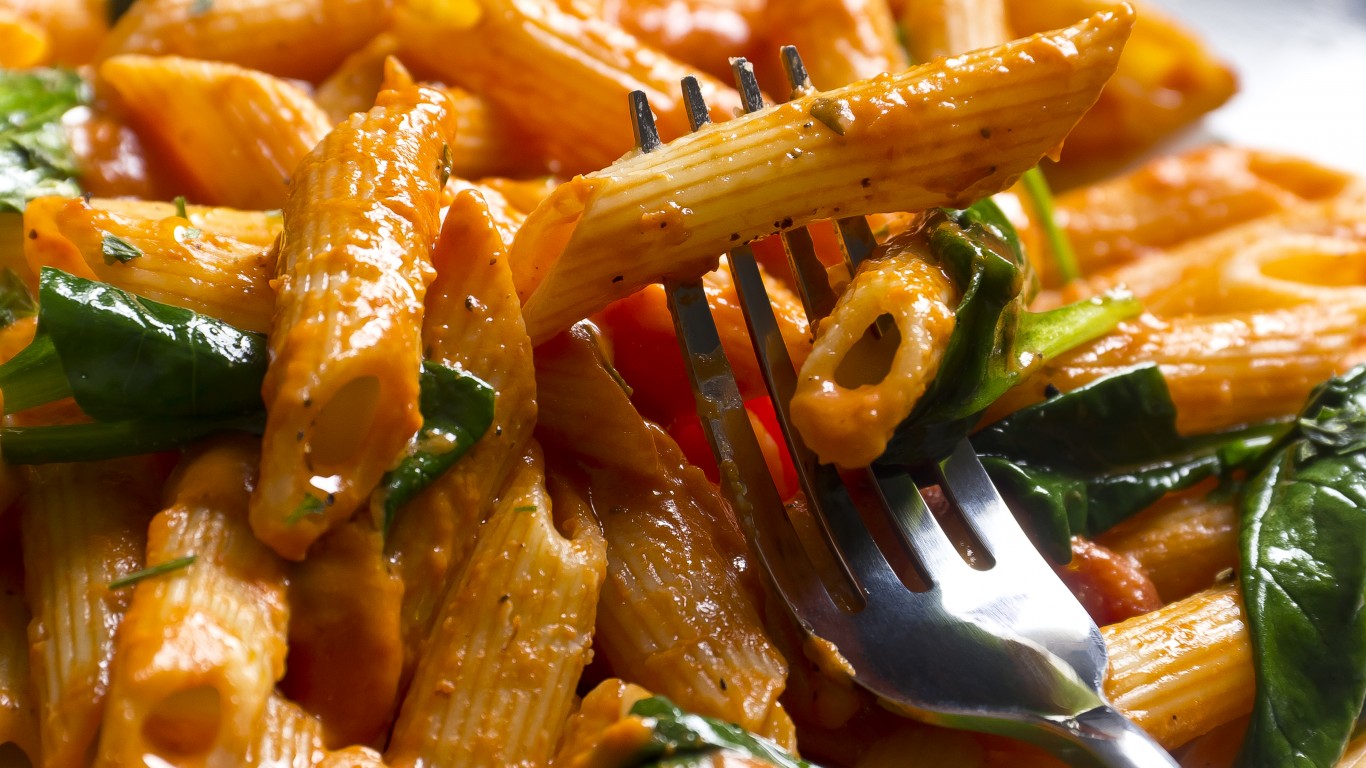
Fad: Penne alla vodka
> Era: 1980s
This phenomenally popular pasta preparation may have been invented at a restaurant in Bologna, Italy, or possibly one in New York City. It is simply a dish of short quill-shaped noodles draped in a creamy tomato sauce diluted with vodka. Since vodka is legally defined as neutral spirits “without distinctive character, aroma, taste, or color,” exactly what it adds to the dish isn’t obvious. That didn’t stop it from finding a place on Italian menus all over America.
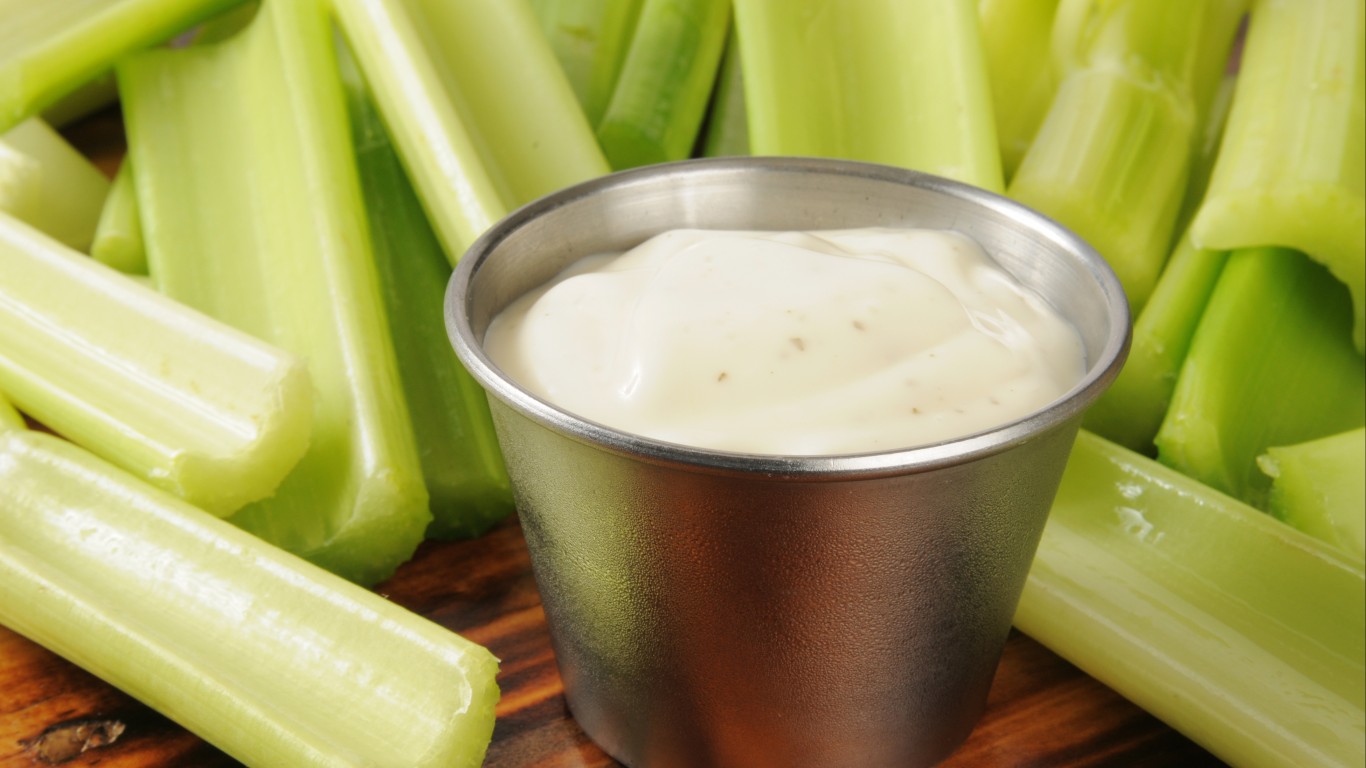
Fad: Ranch dressing
> Era: 1980s
America’s most popular salad dressing was invented at the Hidden Valley dude ranch near Santa Barbara, California, in the 1950s. It was originally sold as a dry packaged mix to be rehydrated with buttermilk. The Clorox corporation bought the brand in 1973, continuing to sell a reformulated version of the mix — but after they began marketing a shelf-stable bottled version in 1983, ranch dressing became a star. Soon it was being used as a dip and condiment as well as a salad dressing, and it evolved into a flavoring for everything from potato chips and crackers to dental floss and soft drinks.

Fad: Low-carb diets
> Era: 1990s
First developed in 1797 to treat diabetics, the low-carb diet is still going strong today — often in an extreme form called the keto diet. It entered the American mainstream with the publication in 1992 of a book by cardiologist Robert Atkins, “Dr. Atkins’ New Diet Revolution.” Other doctors developed low-carb programs of their own (like Dr. Arthur Agatston’s South Beach diet), and low-carb food products soon flooded the marketplace.
[in-text-ad-2]

Fad: Smoothies
> Era: 1990s
The first smoothies date from the 1920s, but they didn’t achieve widespread popularity until after 1989 — the year the first Smoothie King juice bar opened in New Orleans. The Jamba Juice chain launched in 1990 in San Luis Obispo, California, originally under the name Juice Club. Other chains dating from the ’90s include Tropical Smoothie Café, Planet Smoothie, and Robeks. What was once considered a source of nutrition for bodybuilders and health-food nuts became a commonplace American beverage.
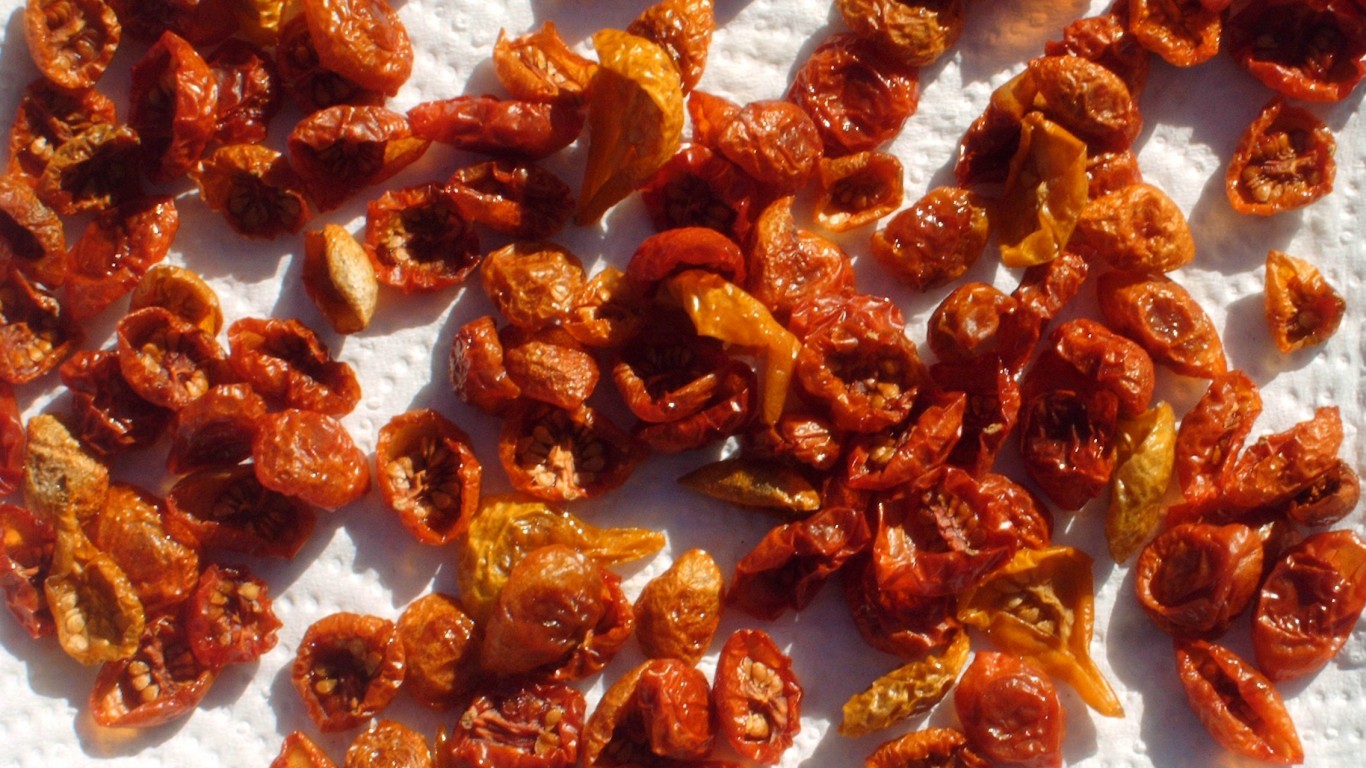
Fad: Sun-dried tomatoes
> Era: 1990s
The Italians have been drying tomatoes on tile rooftops in the sun for centuries, and commercially made sun-dried tomatoes began appearing in American gourmet stores in the 1980s — but the ’90s were their era. Specialty stores like Dean & Deluca in New York City stocked them, restaurants used them in a variety of dishes, and there was even a whole cookbook devoted to them, published in 1995. American food producers jumped on the bandwagon and began marketing their own domestic version, and sun-dried tomatoes ended up in supermarket produce sections everywhere and as flavoring for everything from crackers to ketchup.
[in-text-ad]
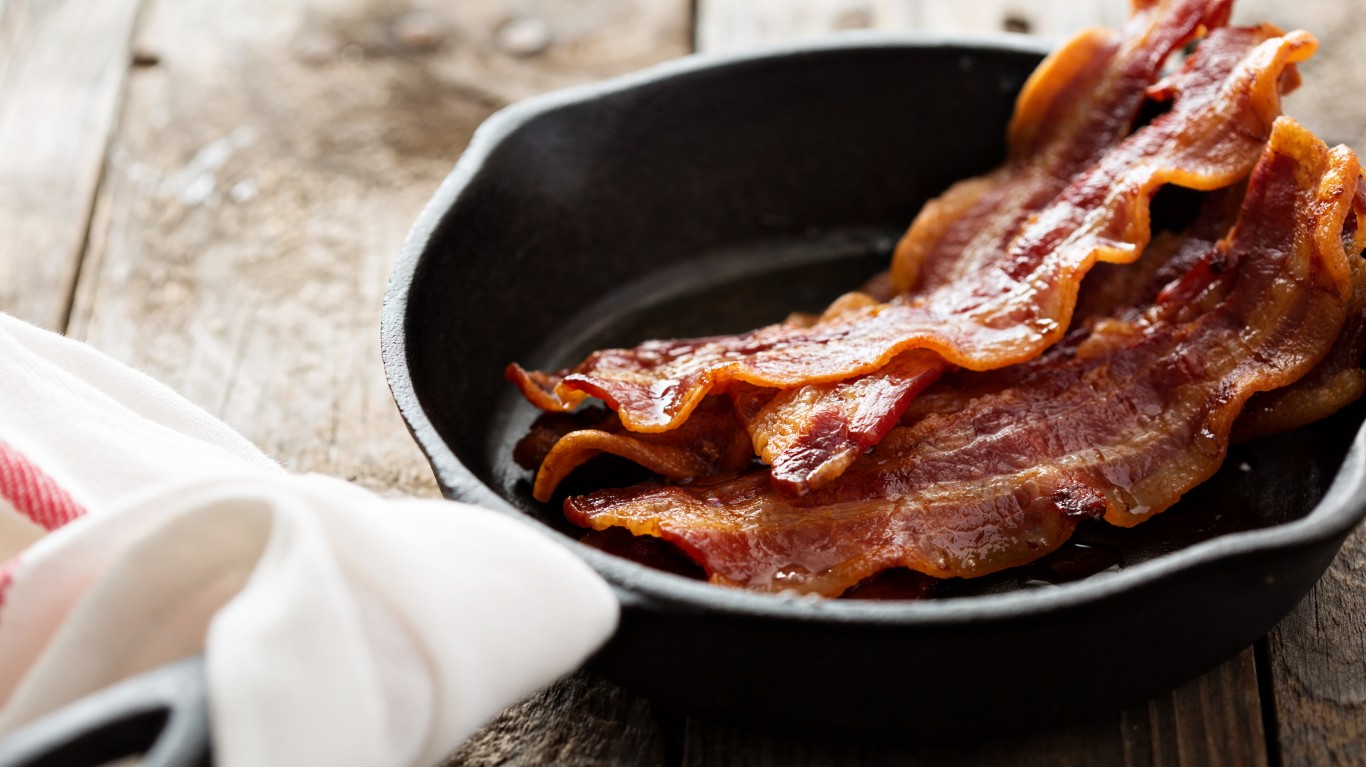
Fad: Bacon flavor
> Era: 2000s
Bacon has been around for thousands of years — the Chinese made an early form of it around 1500 B.C. — and has long had a place on American breakfast tables and in American sandwiches. By the beginning of the 2000s, though, bacon (or at least bacon flavor) was suddenly everywhere — in potato chips, hot sauce, coffee, olive oil, beer, vodka. There was even bacon lip balm, bacon deodorant. A cookbook called “Everything Tastes Better With Bacon” captured the Zeitgeist perfectly.

Fad: Cupcakes
> Era: 2000s
Cupcakes evolved in 19th-century American kitchens, popular because they baked more quickly than normal cakes. Though they were sold by bakeries (and in supermarkets, in the form of Hostess CupCakes) throughout much of the 20th century, they began achieving trendy status after Carrie, on “Sex and the City,” ate one at New York’s beloved Magnolia Bakery. Culinary historians credit a desire for feel-good comfort foods following 9/11 for increasing their popularity. The first all-cupcake bakery, Sprinkles, opened in Los Angeles in 2005 — and it was hardly surprising that, by the end of the decade, not one but two cupcake-oriented TV shows had debuted: Food Network’s “Cupcake Wars” and TLC’s “DC Cupcakes.”
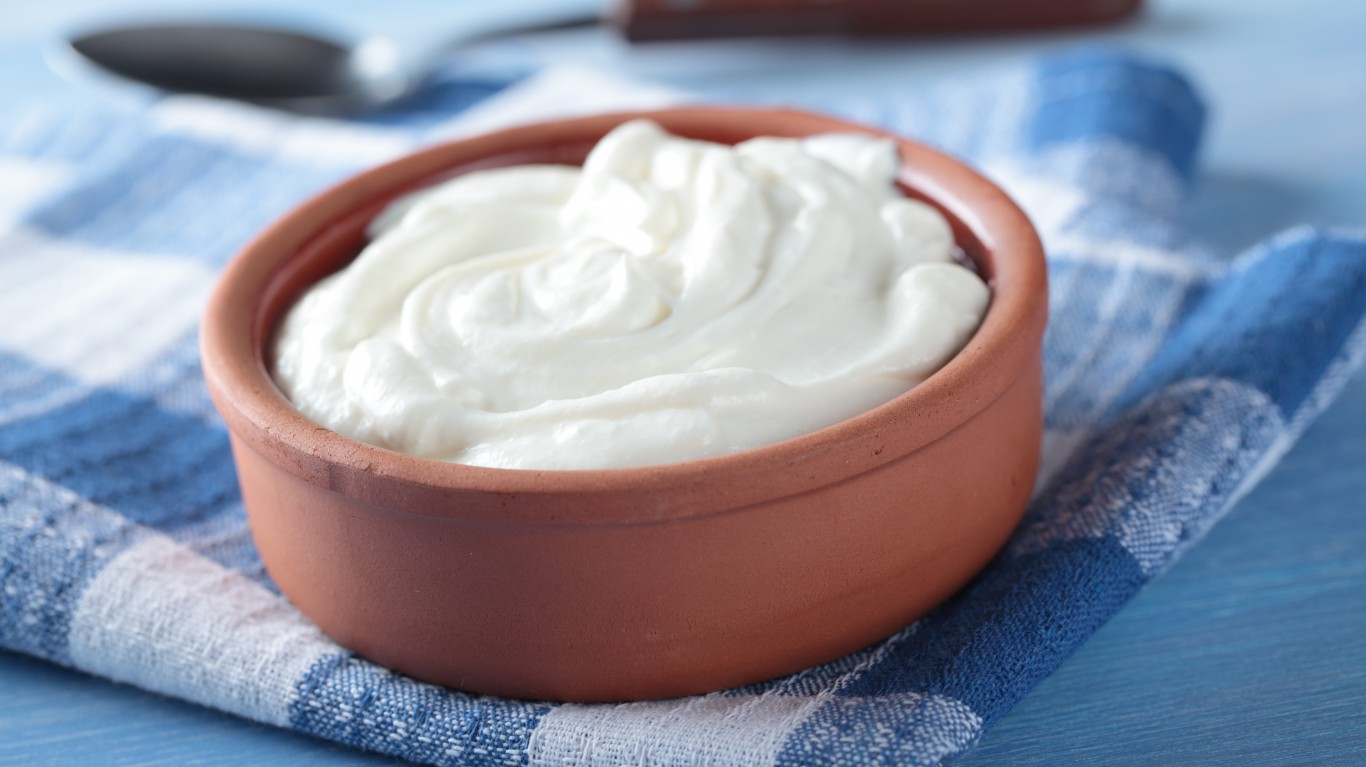
Fad: Greek yogurt
> Era: 2000s
Greek yogurt — yogurt that’s strained of excess liquid, becoming rich and smooth-textured — was pretty much unknown outside its home country and neighboring regions until the late 1980s and early ’90s. That’s when the Fage brand started appearing in American markets. After Fage established an American subsidiary in 2004, and a U.S. company launched by a Turkish immigrant, Chobani, bought a large-scale yogurt factory in 2007, it became an indispensable part of the American breakfast and lunch scene. Between 2006 and 2011, Greek yogurt sales in the U.S. increased from $60 million in 2005 to $1.5 billion in 2011.
[in-text-ad-2]

Fad: Pumpkin spice
> Era: 2000s
The aromatics that flavor pumpkin pie — known generically as pumpkin spice — include cinnamon, ginger, nutmeg, allspice, and sometimes cloves. The craze for flavoring things other than pie with these ingredients was ignited by Starbucks, back in 2003. After a period of test-marketing, the chain rolled out their first Pumpkin Spice Latte in the fall of 2004. Other coffee and fast food chains, including 7-Eleven, Dunkin’ Donuts, McDonald’s, and Tim Hortons, followed suit, and suddenly the flavoring was showing up in everything from bagels to pasta to martinis.
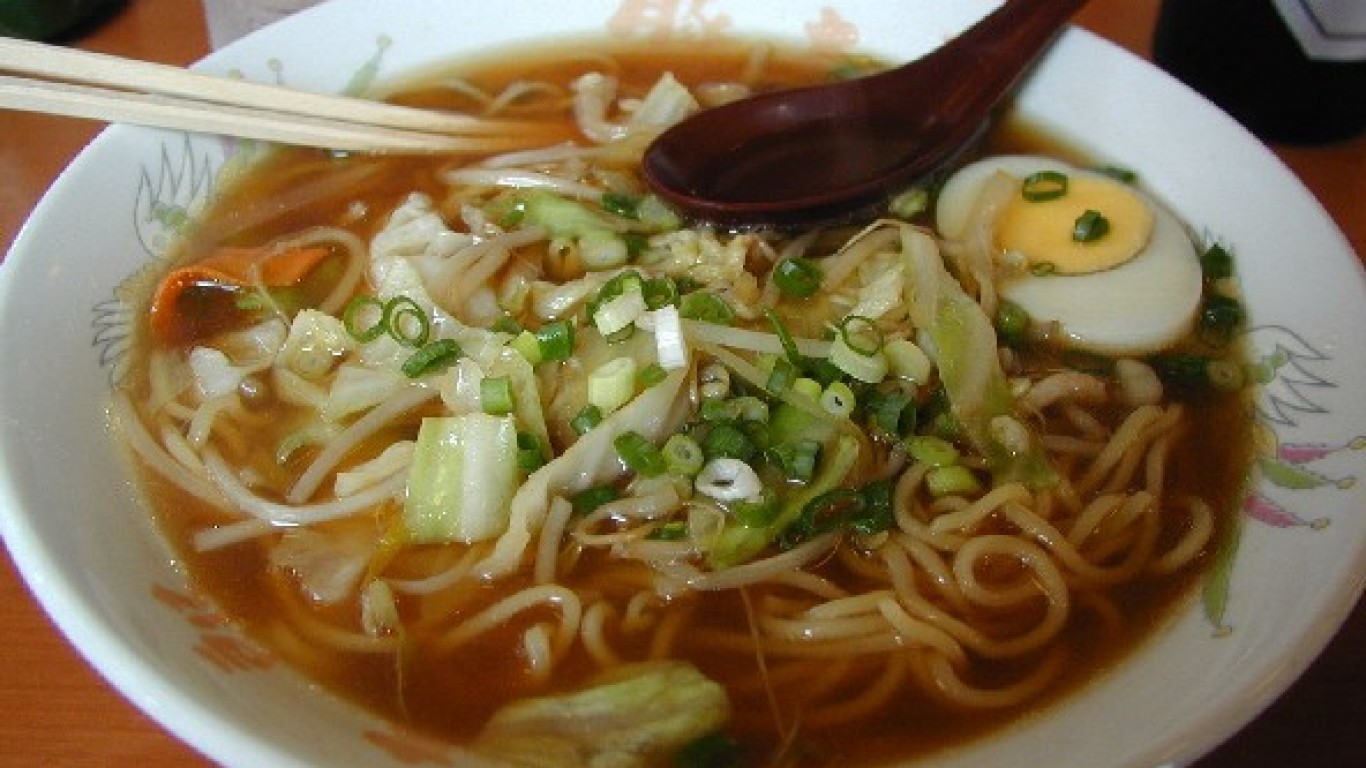
Fad: Ramen
> Era: 2000s
Ramen began as a kind of chewy noodle imported to Japan from China in the 1920s. Japanese food producer Momofuku Ando invented instant ramen in 1958 — happily for the generations of college students and other impoverished sorts that it has nourished ever since. Ramen didn’t really become a thing, though — with ramen shops seemingly as ubiquitous as Starbucks in some American urban areas — until after influential chef David Chang opened his first Momofuku Noodle Bar (named in honor of Ando) in Manhattan in 2004.
[in-text-ad]

Fad: Sliders
> Era: 2000s
White Castle, which calls itself the first fast-food hamburger chain, became famous for its miniature burgers, which sailors in the U.S. Navy in the 1940s reportedly first called “sliders” because they were greasy and slid down easily. In the latter 2000s, chefs at independent restaurants started using the term for mini-sandwiches of their own, made not just with ground beef, but with other meats, chicken, seafood, even dessert foods.

Fad: Avocado toast
> Era: 2010s
The idea of mashing avocado on toast was conceived at a restaurant called Bills in Sydney, Australia in 1993. Unless it was first proposed in a Southern California newspaper in 1920. Whatever its provenance, it got trendy after a young chef in Los Angeles named Jessica Koslow put it on the menu at her restaurant Sqirl. Once her version and the many copies that soon appeared hit social media, avocado toast became a seemingly unstoppable phenomenon.
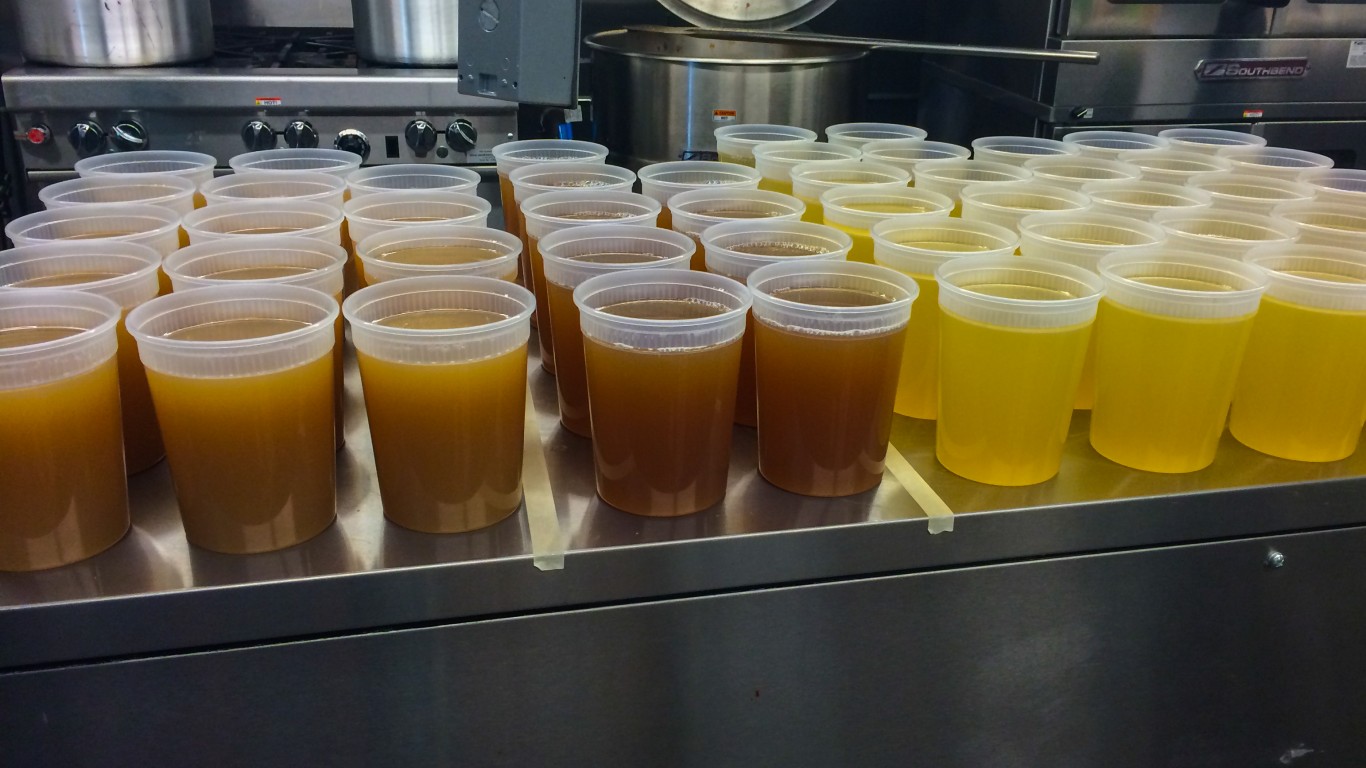
Fad: Bone broth
> Era: 2010s
Stock is a flavorful liquid made by simmering vegetables with meat or poultry bones, generally for three or four hours. Bone broth is similar, but simmered for much longer — up to 24 hours in some recipes — supposedly to extract every atom of nutritionally valuable elements from the bones. In the early 2010s, with the advent of the eat-like-a-caveman Paleo movement, bone broth got big. Broth bars opened around the country, and cans and freezer packs of it began showing up in supermarkets. When Keurig began selling bone broth K-cups, Eater declared that “peak bone broth” had been reached — but it’s still going strong.
[in-text-ad-2]
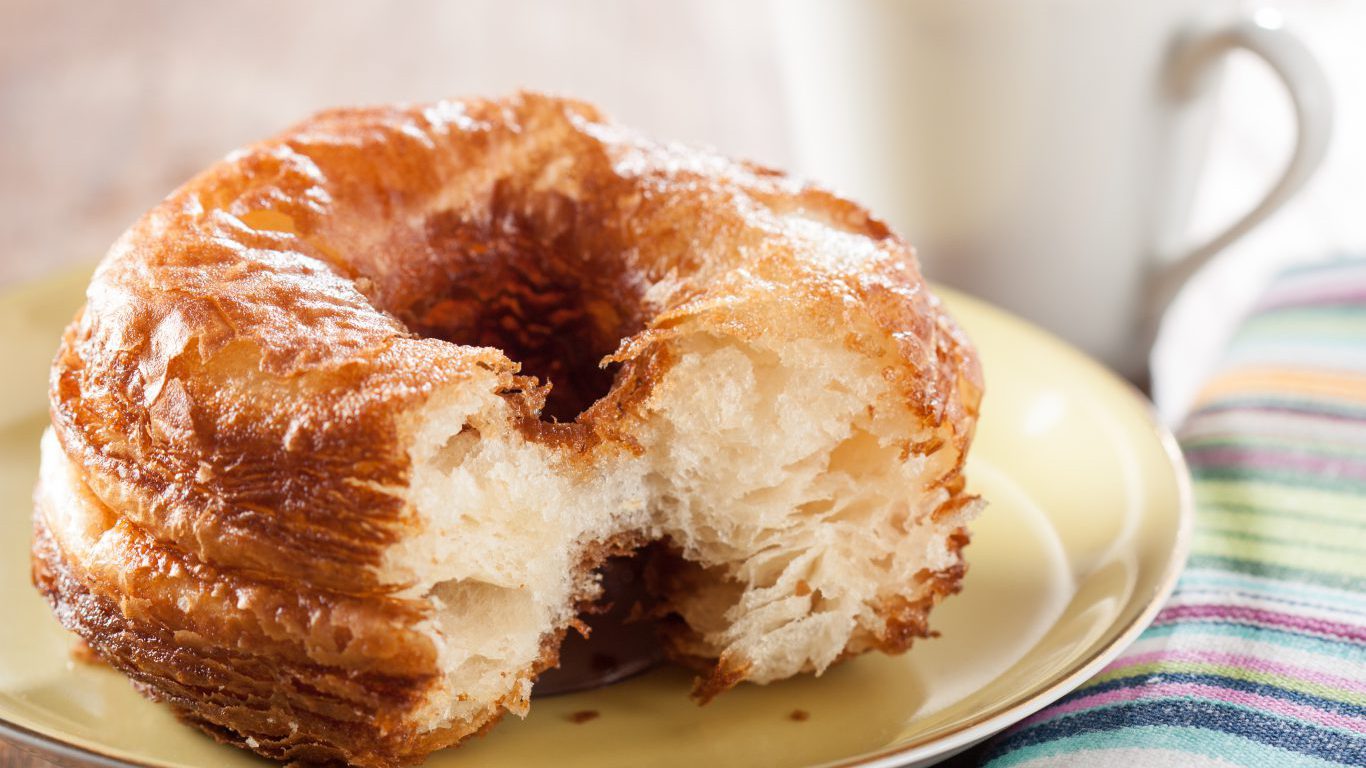
Fad: Cronuts
> Era: 2010s
Nobody knows for sure who invented the doughnut or the croissant, but there’s no doubt who first conceived of this pioneering mashup between the two: In 2013, French-born Manhattan-based pastry chef Dominique Ansel devised a way of making a doughnut with croissant dough. After a review on Grub Street, his bakery was thronged — and remains so to this day. The cronut has been widely copied all over America, and has inspired such other mashups as Cruffins (croissant-muffins), Bonuts (biscuit-doughnuts), and the Cherpumple (three kinds of pie layered inside three kinds of cake).

Fad: Food trucks
> Era: 2010s
Food trucks used to mean taco trucks and construction-site lunch wagons till Los Angeles-based Korean-American chef Roy Choi came along with his first Kogi Truck in late 2008. He served unusual food, like Korean short rib tacos, and promoted his truck (and eventually trucks) on social media, so fans would know where he was parked. Over the following decade, the food truck scene burgeoned, and almost any kind of food imaginable — pizza, sushi, barbecue, dim sum, gyros, arepas, bánh mì, and hundreds more — became available on wheels.
[in-text-ad]

Fad: Gluten-free everything
> Era: 2010s
Gluten-free foods used to be sold mainly in health food stores. They began to appear elsewhere in the 1970s, but as some health-conscious Americans grew leery of bread during the low-carb trend of the 1990s (see above), sales of gluten-free everything soared. Between 2009 and 2014, the number of people following a gluten-free diet tripled, and today it is possible to buy not only a full range of gluten-free breads and pastries but also gluten-free cereal, mac ‘n’ cheese, pizza, pancake mix, pasta, and much more.

Fad: Kale
> Era: 2010s
Why did kale become such a big thing while other similarly nutritious greens — collards, Swiss chard, mustard greens, etc. — languish on the culinary sidelines? Is it that crisp, easy-to-remember name? The ease with which its leaves transform into chips or take over for romaine in Caesar salad? The efforts of a New York City public relations firm and the subsequent shout-outs from Dr. Oz, Gwyneth Paltrow, and Bon Appétit? Whatever it was, U.S. kale production increased by almost 60% between 2007 and 2012. Since 2013, there has even been a National Kale Day. Kale has made the most recent list of the most contaminated foods on the market.

Fad: Quinoa
> Era: 2010s
A dietary staple in the Andes for thousands of years, this highly nutritious grain-like seed (it is botanically considered a pseudocereal) was grown in small quantities in Colorado in the 1980s, but didn’t attract any widespread attention until the following decade, when some food writers started writing about it for its nutritional value. Then, in 2008, Oprah Winfrey included quinoa with mushrooms in her 21-day “cleanse” diet and a fad was born. In 2007, the U.S. imported 7.3 million pounds of quinoa; by 2013, that had grown to 60 million pounds — and the United Nations honored the Andean staple by designating 2013 as the International Year of Quinoa.
[in-text-ad-2]

Fad: Poké bowls
> Era: 2010s
Easier to make than sushi (and easier to eat — there are no special rules), this Hawaiian specialty is the latest star of the healthy-fast-food world. Poké basically consists of cubes of raw ahi tuna, salmon, or other fish marinated in soy sauce and sesame oil; garnished with things like cucumber, avocado, and/or seaweed; and served over greens or rice. Poké apparently first poked its head up on the Mainland in 2015. That year, a small New York restaurant called Sons of Thunder put it on the menu and a New York Time restaurant critic hailed it. More poké shops opened in New York, and the idea spread quickly around the country.
Get Ready To Retire (Sponsored)
Start by taking a quick retirement quiz from SmartAsset that will match you with up to 3 financial advisors that serve your area and beyond in 5 minutes, or less.
Each advisor has been vetted by SmartAsset and is held to a fiduciary standard to act in your best interests.
Here’s how it works:
1. Answer SmartAsset advisor match quiz
2. Review your pre-screened matches at your leisure. Check out the advisors’ profiles.
3. Speak with advisors at no cost to you. Have an introductory call on the phone or introduction in person and choose whom to work with in the future
Get started right here.
Thank you for reading! Have some feedback for us?
Contact the 24/7 Wall St. editorial team.
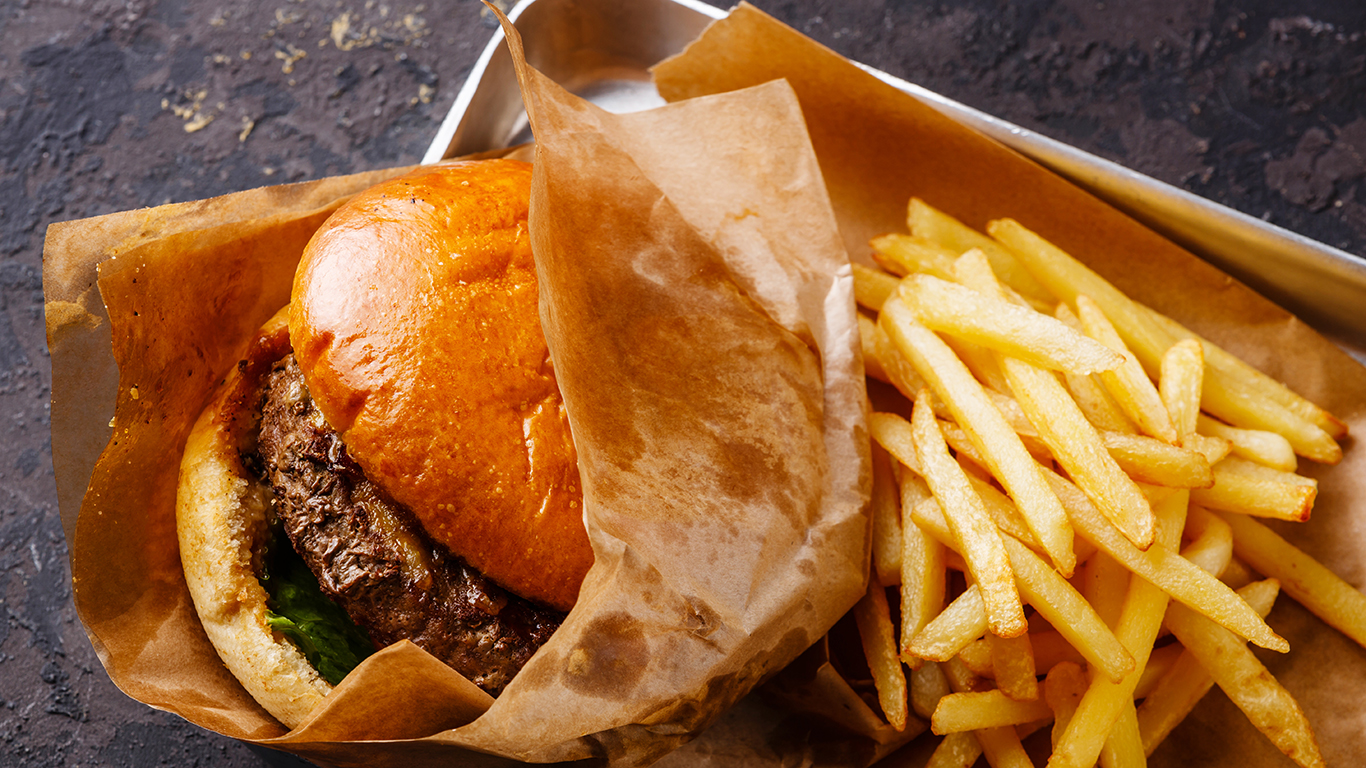 24/7 Wall St.
24/7 Wall St.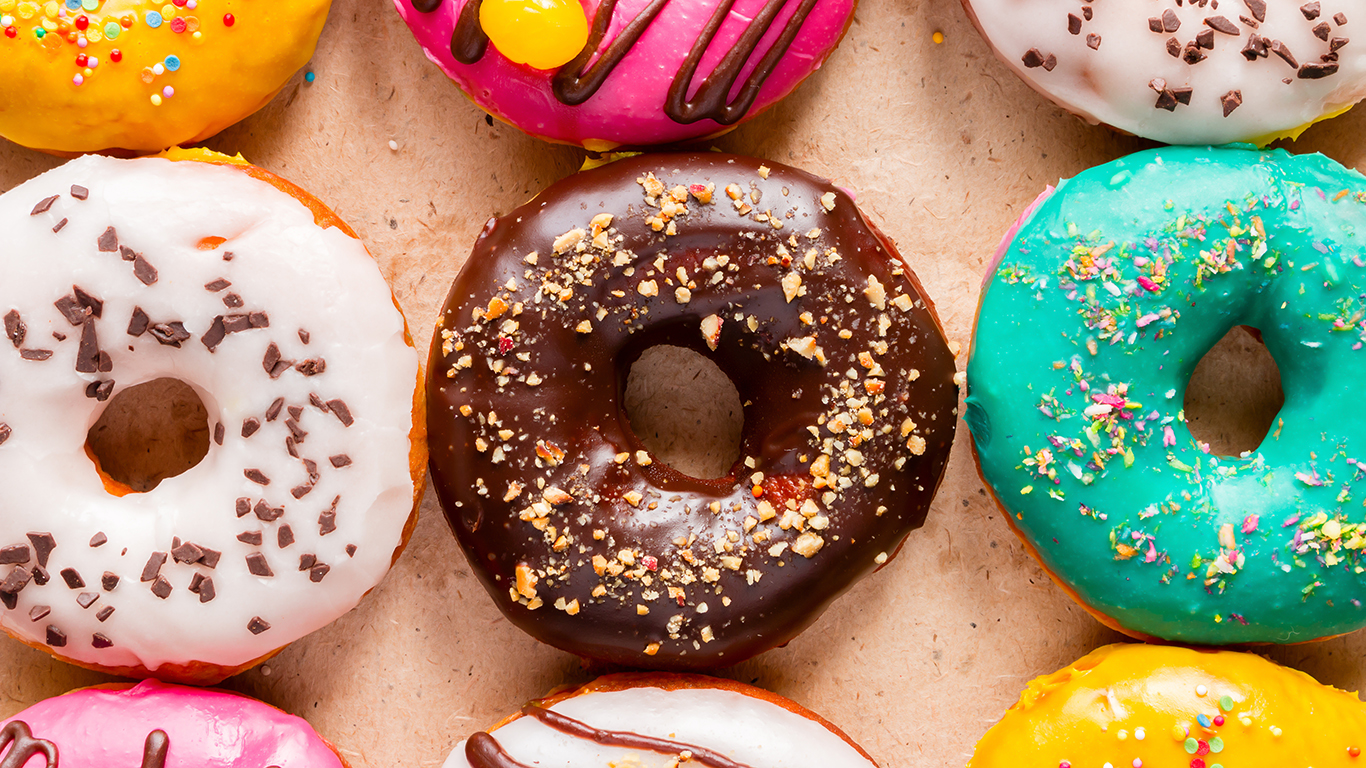 24/7 Wall St.
24/7 Wall St.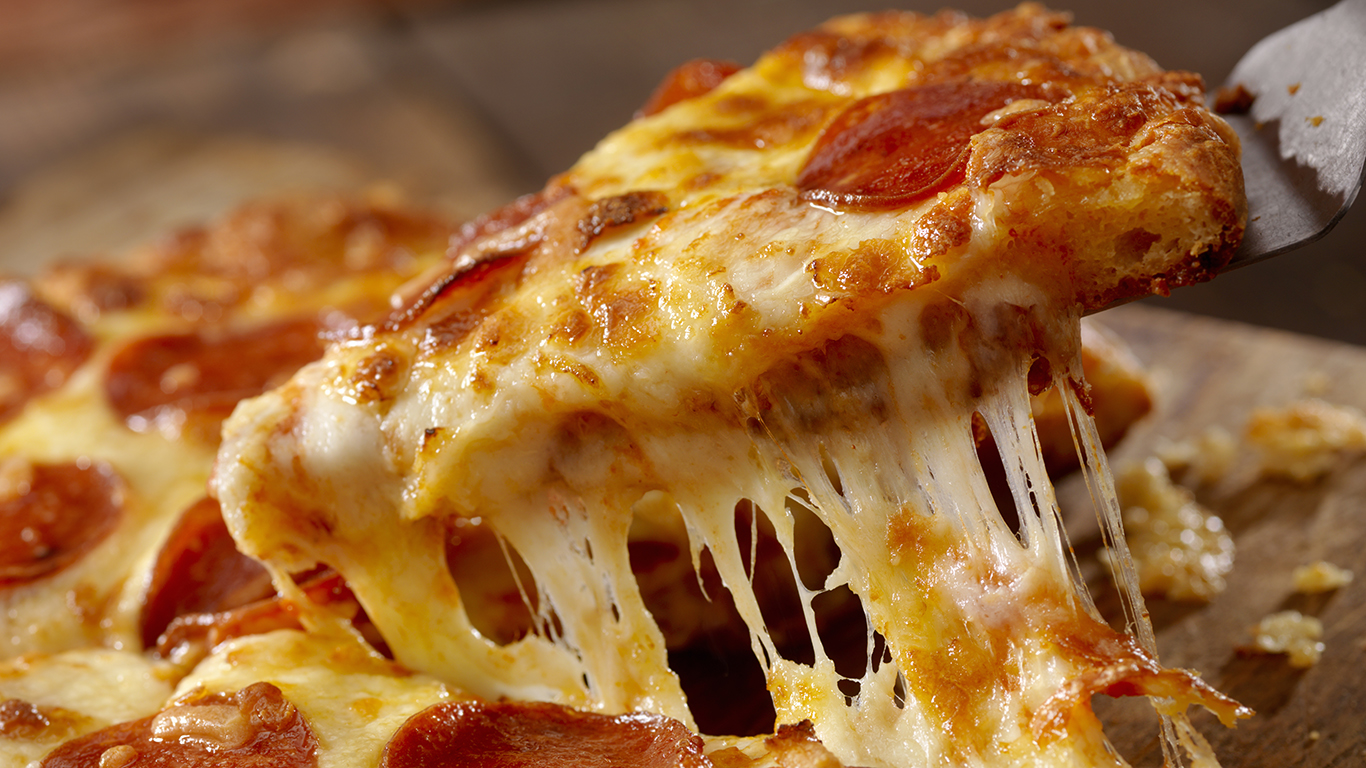 24/7 Wall St.
24/7 Wall St. 24/7 Wall St.
24/7 Wall St.


